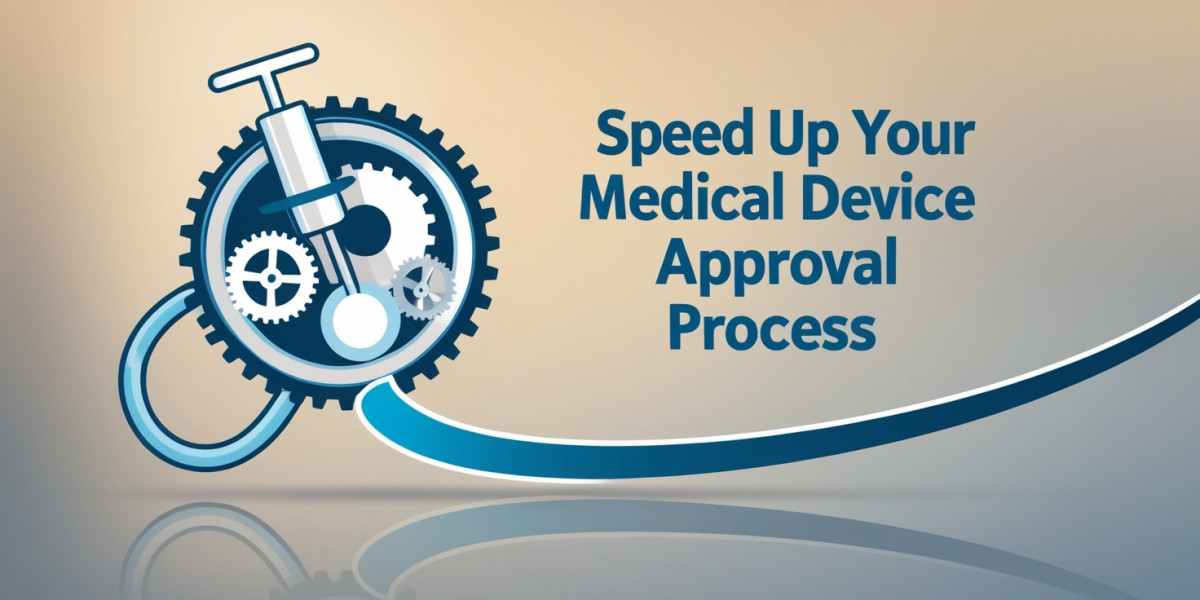Bringing a medical device to market is a complex process, often slowed by regulatory hurdles. Manufacturers must navigate stringent requirements to ensure their products meet safety and performance standards. While compliance is necessary, there are ways to streamline the process and accelerate approval. By following a strategic approach, companies can minimize delays and bring their innovations to market faster.
Understand Regulatory Requirements from the Start
A deep understanding of regulatory frameworks is essential. Different countries have varying requirements, and failing to comply can result in setbacks. Medical device regulations are based on risk classification, with higher-risk devices requiring more rigorous testing and documentation. Identifying the appropriate regulatory pathway early can save valuable time.
Regulatory authorities require extensive data on safety, performance, and intended use. Preparing this information early ensures a smoother approval process. Companies should also anticipate potential questions from regulators and have comprehensive responses ready.
Develop a Strong Regulatory Strategy
Creating a regulatory roadmap is crucial. This includes identifying necessary approvals, planning submission timelines, and allocating resources efficiently. A well-structured plan helps avoid unnecessary delays and ensures all compliance aspects are addressed.
Working with regulatory experts can further streamline the process. Specialists understand evolving regulations and can effectively guide companies in meeting compliance standards. Practical RA provides expert insights into navigating complex regulatory landscapes, ensuring manufacturers follow the most efficient path to approval.
Conduct Preclinical and Clinical Studies Efficiently
Regulatory approvals often depend on preclinical and clinical data. Ensuring that these studies are well-designed and executed properly can prevent delays. Manufacturers should:
Define clear objectives for clinical trials.
Select experienced research partners.
Use standardized protocols to ensure data integrity.
Efficient data collection and analysis minimize the risk of additional testing requests from regulators, keeping approval timelines on track.
Leverage Regulatory Pathways for Faster Approval
Many regulatory bodies offer expedited pathways for innovative and high-priority medical devices. Understanding and utilizing these programs can significantly reduce approval times. Some of these options include:
Accelerated pathways for breakthrough technologies.
Conditional approvals for life-saving devices.
Streamlined submission processes for low-risk products.
Manufacturers should assess whether their device qualifies for any of these pathways and take advantage of them to expedite market entry.
Prepare Comprehensive and Accurate Documentation
Incomplete or inaccurate documentation is one of the leading causes of delays in regulatory approvals. Ensuring that all required data is complete, well-organized, and aligned with regulatory guidelines can prevent setbacks. Key documents include:
Technical files detailing device design and function.
Clinical evaluation reports.
Risk assessments and mitigation strategies.
Investing in robust documentation management systems can further streamline submission processes and improve communication with regulatory bodies.
Engage with Regulatory Authorities Early
Building relationships with regulators can provide valuable insights and prevent last-minute surprises. Seeking guidance through pre-submission meetings allows manufacturers to clarify expectations and address potential concerns before formal submission. This proactive approach reduces the likelihood of rejection or prolonged review times.
Regulatory agencies often offer consultation services to help manufacturers refine their applications. Taking advantage of these opportunities can make the approval process more predictable and efficient.
Implement Quality Management Systems (QMS)
A well-established Quality Management System (QMS) ensures that regulatory requirements are met consistently throughout the product lifecycle. Regulatory bodies require proof of a QMS that adheres to industry standards. Implementing a QMS early and maintaining compliance with recognized standards demonstrates a commitment to quality and facilitate a smoother approval process.
Stay Updated on Regulatory Changes
Regulations frequently evolve, and staying informed about changes is crucial. Failing to comply with new requirements can result in delays or even rejection. Regularly reviewing regulatory updates and adapting strategies accordingly ensures continuous compliance.
Manufacturers should participate in industry conferences, engage with regulatory experts, and subscribe to official regulatory updates to stay ahead of changes.
Use Digital Tools to Optimize Submissions
Regulatory submissions involve extensive documentation, and digital tools can enhance efficiency. Electronic submission systems streamline the process by ensuring all documents are correctly formatted and meet regulatory requirements. Utilizing digital platforms can reduce manual errors, improve organization, and facilitate communication with regulatory bodies.
Conclusion
Speeding up the medical device regulatory approval process requires a proactive and strategic approach. By understanding regulatory requirements, leveraging expedited pathways, preparing comprehensive documentation, and engaging with regulatory authorities early, manufacturers can minimize delays and bring their devices to market faster. Expert guidance from resources like Practical RA can help navigate these challenges, ensuring compliance while optimizing approval timelines.








